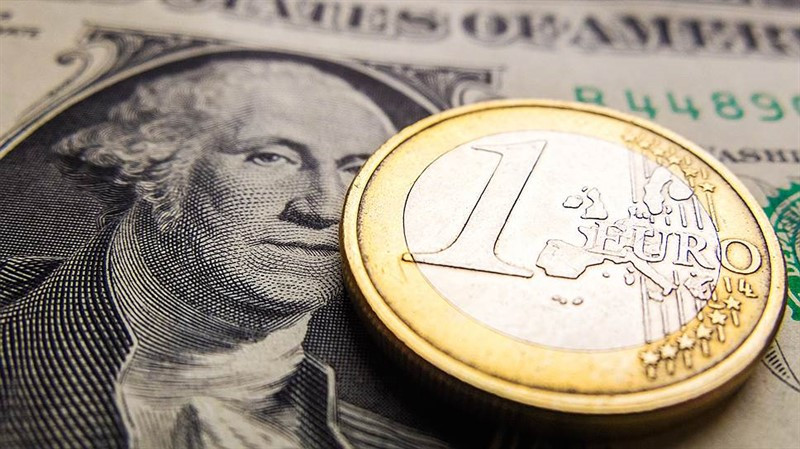
After a brisk start to the week, the dollar slowed down somewhat, and the euro found strength to rebound from two-year lows.
Increased geopolitical tensions in the world, as well as expectations of a faster tightening of the Federal Reserve's monetary policy compared to other leading central banks, allowed the greenback to approach the levels reached during the panic in the markets at the beginning of the pandemic in March 2020.
The US currency usually becomes more expensive in two scenarios – in the case of investors avoiding risks, or when the United States clearly wins in terms of economic prospects, Barclays strategists note.
Over the past couple of months, both scenarios have provided support for the dollar, since the situation in Ukraine has contributed to an increase in demand for safe haven assets, and traders have been betting that economic growth in the United States will outpace growth in other countries, including the eurozone.
Another driver of the strengthening of the greenback was the rise in the yield of 10-year treasuries to three-year highs, as investors began to prepare for the most aggressive cycle of Fed rate hikes in more than 15 years.
Higher rates usually attract the attention of investors looking for profitability to the currency.
The Fed began raising interest rates last month and signaled that policymakers generally support a steady series of rate hikes in order to curb inflation not seen since the early 1980s.
As a result, market participants began to put in quotes the probability that the European Central Bank will hopelessly lag behind the Fed in terms of tightening monetary policy.
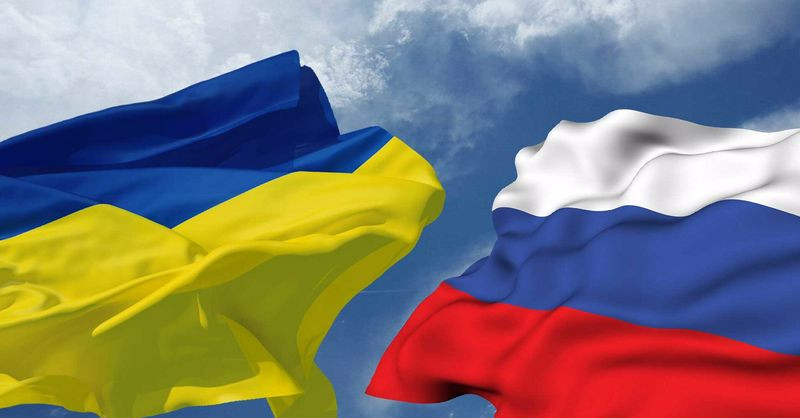
The Russian special operation in Ukraine not only supported the dollar as a safe haven asset, but also placed a heavy burden on the shoulders of the single currency, causing an outflow of capital from the eurozone to America.
In addition, the fighting in eastern Europe has jeopardized economic growth in the region and provoked a surge in energy prices. This presented the ECB with a difficult choice: how to achieve a weakening of inflation without significantly limiting business activity.
At its next meeting, which took place last week, the ECB took a cautious position and, contrary to expectations, did not provide clear plans for tightening policy.
The rhetoric of ECB President Christine Lagarde at the press conference was, frankly, soft.
She noted a significant increase in risks to the economic prospects of the eurozone due to the crisis in Ukraine, adding that the risks to the inflation forecast in the eurozone in the near future are shifting upward.
Lagarde maintained an evasive tone, avoiding any firm promises.
She said that the ECB will complete the purchase of bonds under the APP in the third quarter, but may do so either earlier or later.
Answering the question about the increase in interest rates, Lagarde said that this process could begin some time after the end of the asset repurchase, noting that the period could be any and could be either one week or several months.
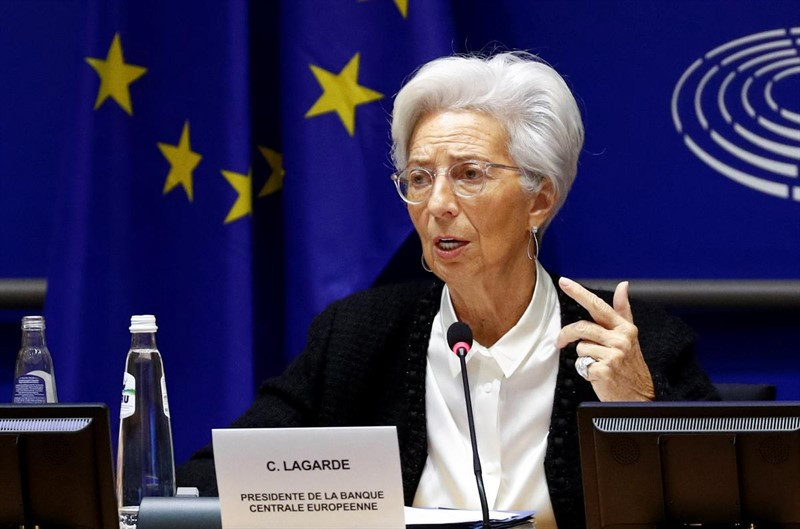
As a result, the EUR/USD pair, which was around 1.0910 before the announcement of the ECB's verdict on monetary policy, fell by more than one and a half figures, broke through the 1.0800 mark and updated the lows since March 2020 in the area of 1.0755-1.0765.
On Tuesday, the main currency pair was able to shrug off its recent losses after the bears' attempt to retest recent lows failed, and the rally of the US currency stalled.
The EUR/USD pair continued to recover on Wednesday and rose by more than 50 points, ending yesterday's trading near 1.0850.
An improvement in market sentiment and a drop in the yield of US Treasury bonds led to the fact that the dollar suffered significant losses against its main competitors, sinking to 100.30 points.
The day before, the yield of 10-year treasuries fell to 2.836% from 2.911% recorded on Tuesday.
The weakening of demand for the US currency as a safe haven asset was facilitated by positive news from the geopolitical front.
The press secretary of the president of the Russian Federation Dmitry Peskov said that Moscow handed Kiev a draft document with clear wording on the peaceful settlement of the situation in Ukraine.
According to Dmitry Peskov, the initiative is now on the side of Kiev. "The ball is on their side, we are waiting for an answer," the Kremlin spokesman said.
This news was a breath of fresh air for the single currency, as the conflict in Ukraine puts pressure on the euro, along with the uncertainty associated with the presidential elections in France.
There were only a few days left before the decisive vote in the country.
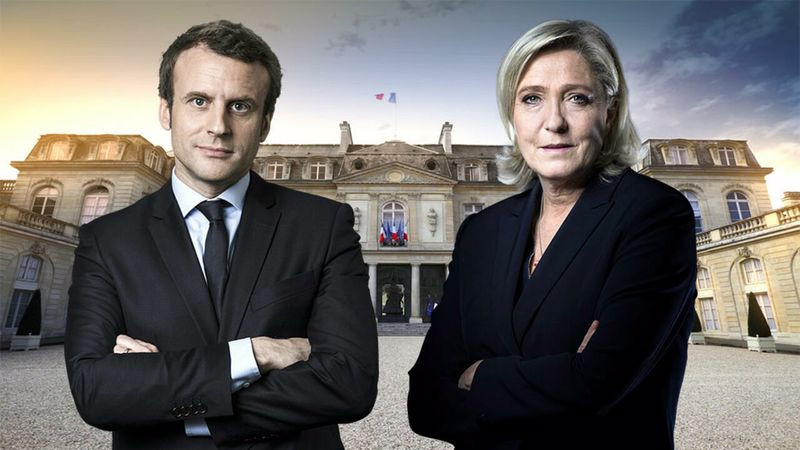
French President Emmanuel Macron turned out to be more convincing than the far-right candidate Marine Le Pen in the televised debates that took place the day before, Reuters reports.
According to a BFM TV poll, about 59% of viewers found Macron the most convincing in the debate.
Polls on voting intentions in the April 24 elections show that he can win by gaining about 56% of the vote. In 2017, Macron beat Le Pen, receiving 66% of the vote.
The news that restrictions on the import of Russian energy resources to the EU will not be adopted before the second round of elections in France brought some relief to the single currency.
According to The New York Times, the discussion of the embargo may cause a new round of price increases in France, which will add points to the opposition candidate Marine Le Pen and damage the chances of President Emmanuel Macron for re-election.
At the same time, the timing of the embargo is just as important as the details of the ban, the newspaper writes, since it takes time to convince all 27 EU countries to support it.
Macron's victory in the elections will help the euro to stabilize, but the EUR/USD pair should rise above 1.1000 to ease the downward pressure, Westpac believes.
"The victory of Macron should lead to the fact that the elections to the National Assembly (to be held in May or June) will result in another majority or at least a working minority led by Macron's party. Meanwhile, Le Pen's victory would be a huge shock and would undermine the euro's position, but this scenario is extremely unlikely after the two leaders' debate on Wednesday," the bank's specialists noted.
"The euro needs to recover above $1,1000 to reduce the risk of falling and retesting the peak lows of 2020 in the area of 1.0650," they added.
The EUR/USD pair is now doing its best to extend the rebound from the lowest levels since March 2020, which it reached due to differences in the policy of the ECB and the Fed.
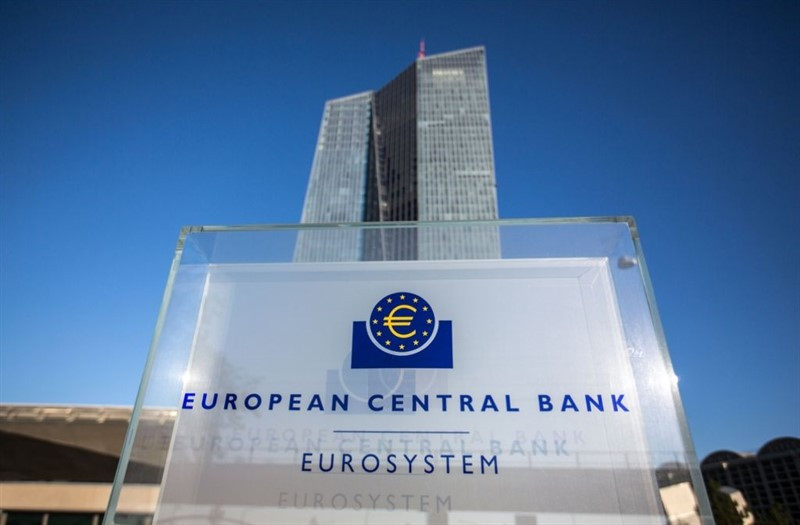
While the euro is trying to reverse the trend of strengthening the US currency, investors estimate that some ECB representatives have indicated the likelihood of an increase in the discount rate, and already in the summer.
Bundesbank President Joachim Nagel said that the ECB may raise the rate at the beginning of the third quarter, and the head of the central bank of Latvia Martins Kazaks allowed a rate increase in July.
The chairman of the National Bank of Belgium, Pierre Wunsch, said that rates could turn positive this year, and ECB Vice President Luis de Guindos expects QE to end in July to pave the way for a rate hike.
These comments provided an additional boost for the euro and allowed the EUR/USD pair to jump to the area of 1.0930.
"The main thing for the euro is the ECB's drumbeat about a rate hike in July," Societe Generale strategists said.
Money markets expect an ECB rate hike of 20 basis points by July and more than 70 basis points of cumulative increase by the end of 2022. This would lead to the fact that base interest rates would be above zero for the first time since 2013.
Having reached the highest level in more than a week, the EUR/USD pair fell back below the 1.0900 mark after the abstracts from the speech of European Central Bank President Christine Lagarde at the spring meeting of the IMF were published.
She said that the monetary policy of the central bank will depend on the incoming data, noting that the ECB should maintain the possibility of choice in conditions of high uncertainty.
Lagarde's comments cooled the rush of the EUR/USD bulls and reminded the market of the widening divergence between the Fed and ECB policies. While the ECB is only expected to complete its QE program in the third quarter and may implement several rate hikes by the end of the year, some Fed members, in particular James Bullard, are now talking about a potential 75bp rate hike at next month's meeting.

Futures quotes for the level of the base interest rate in the United States indicate a 100 percent probability of its rise by 50 basis points at once, both in May and in June.
Although the EUR/USD pair managed to recover from levels below 1.0800, it needs to overcome the 1.0950 area in order to be able to claim a change in the bearish trend, Scotiabank economists note.
"The EUR/USD pair managed to recover only slightly. It should break through the daily high at 1.0936 and the 1.0950 area to confirm a clear change in the trajectory. Support below 1.0850 is at 1.0780," they said.
It is obvious that while fighting continues in eastern Europe, the single currency will have difficulty attracting bulls, as the Russian-Ukrainian conflict overshadows the economic prospects of the eurozone.
Markit's first estimates of business activity indices for April for European countries will be published on Friday. According to forecasts, the composite PMI index in the eurozone will decrease from 54.9 to 53.9 points.
"We doubt that the debate about whether the ECB will raise the rate by 50 bps or 75 bps this year is too important for the EUR/USD pair, which, as we expect, will settle in a wide range of 1.0500-1.1000 in the coming months," ING analysts said.
Expectations for a Fed rate hike remain strong, and the dollar should continue to be in demand on the decline, they added.
On Thursday, the USD index visited the 99.86 area for the first time since April 14, after which it recovered to 100.50 points.
The greenback has recently slowed down somewhat, as some FOMC members warned the Fed against acting too hastily.
San Francisco Fed President Mary Daly noted the uncertainty surrounding the pandemic and the conflict in Ukraine, adding that these two factors still pose risks to forecasts. She urged the Fed to take a smooth and methodical approach to policy. This can be interpreted as the fact that Daly is unlikely to support a rate increase of 75 bp.
The potential for a slowdown in the global economy is the reason that the US central bank should be cautious, as it will raise interest rates in the coming months, said Atlanta Fed President Rafael Bostic.
"I don't think it's easy to say with certainty how strong the economy will be during the summer and autumn," he said.
"The reduction by the International Monetary Fund of the projected global growth by 2022 to 3.6% from 4.4% is a sign that we need to be cautious as we move forward," Bostic believes.
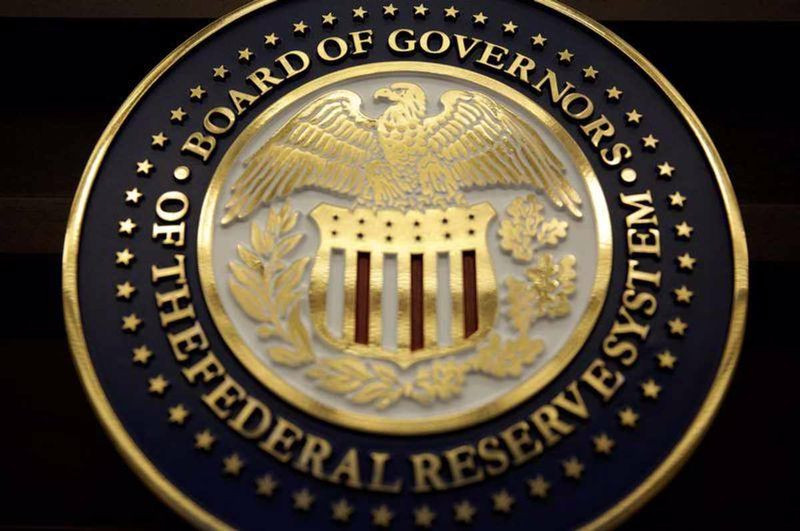
If US economic indicators do not worsen, or the Fed does not abandon the path of raising rates planned for financial markets, then, according to analysts, the dollar still has room for growth.
"We have found that investors are increasingly opening long positions on USD and contributing to the growth of the US currency. However, the main question will be what are the prospects for global growth compared to the prospects for growth in the United States over the next 6-12 months," Morgan Stanley strategists said.
Nordea economists believe that the situation will change for the dollar at the end of this year.
"A sharp decline in the purchasing power of American households will slow down economic growth in the United States, and the aggressive tightening of the Fed's monetary policy will also make itself felt. At the same time, the ECB will begin a tightening cycle, and hopefully more optimistic news will start coming from Ukraine. Accordingly, the prospects for the European economy and the euro should improve. We expect that the EUR/USD pair will end 2022 in the area of 1.1000," they noted.
Deutsche Bank analysts predict the EUR/USD exchange rate at 1.1700 by the end of 2022.
"We have recently lowered our forecast for EUR/USD, implying a neutral attitude, but with a bias to buy about 1.1000 in the second quarter and a stronger bullish forecast after that (1.1700 at the end of the year)," they said.
"We consider the events in the energy market as the most negative factor for the euro – the increased prices will not disappear in the near future. On the other hand, further reassessment of expectations regarding the Fed is becoming less profitable for the dollar, while the ECB has exceeded our hawkish expectations, and the fiscal reaction of Europe, designed to compensate for the short-term impact on economic growth, looks impressive. In addition to EUR/USD itself, we also expect the dollar to reach a general peak in the second quarter, followed by the beginning of a broader downward trend in USD," Deutsche Bank added.
 English
English 
 Русский
Русский Bahasa Indonesia
Bahasa Indonesia Bahasa Malay
Bahasa Malay ไทย
ไทย Español
Español Deutsch
Deutsch Български
Български Français
Français Tiếng Việt
Tiếng Việt 中文
中文 বাংলা
বাংলা हिन्दी
हिन्दी Čeština
Čeština Українська
Українська Română
Română

